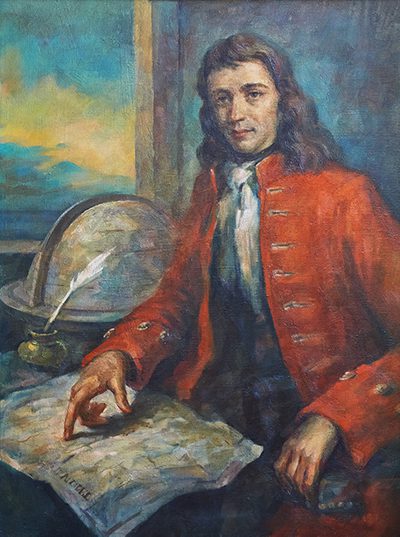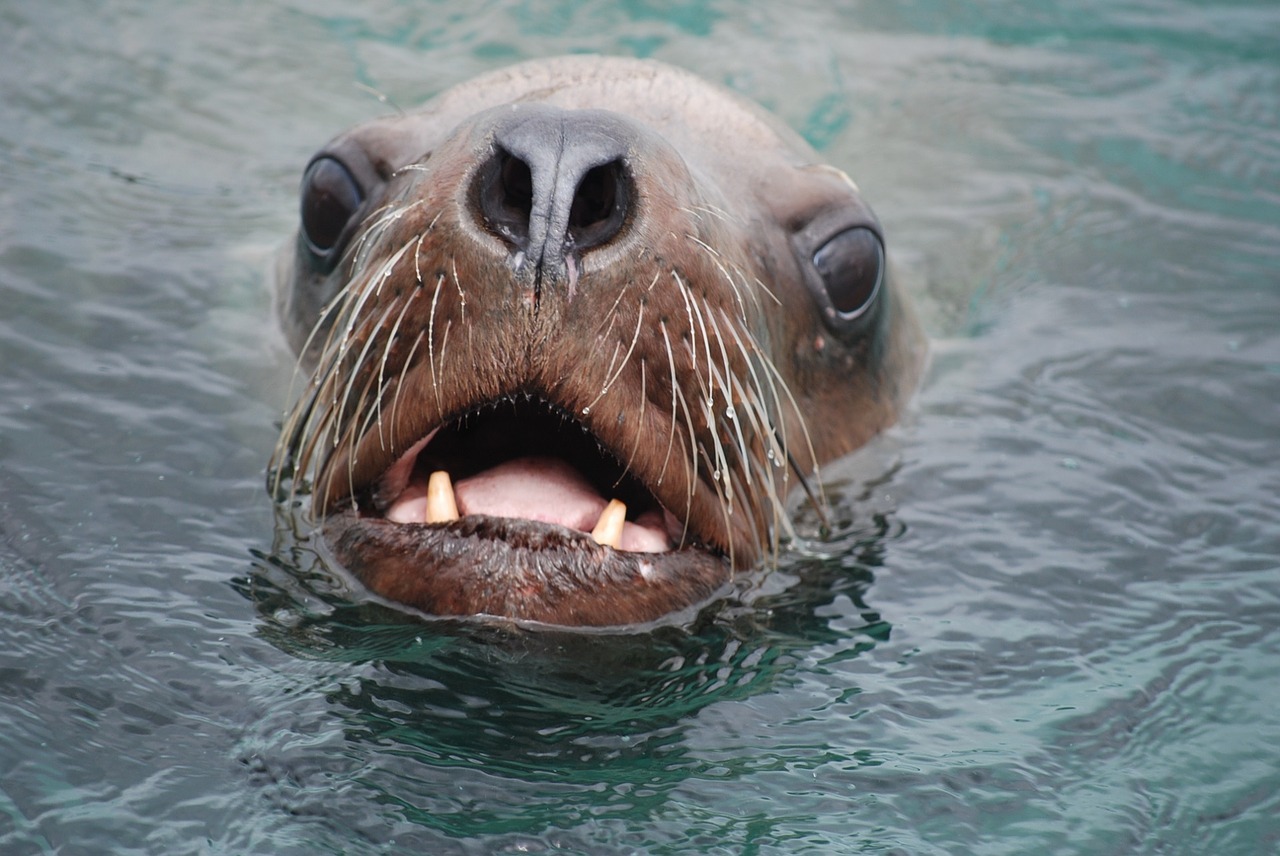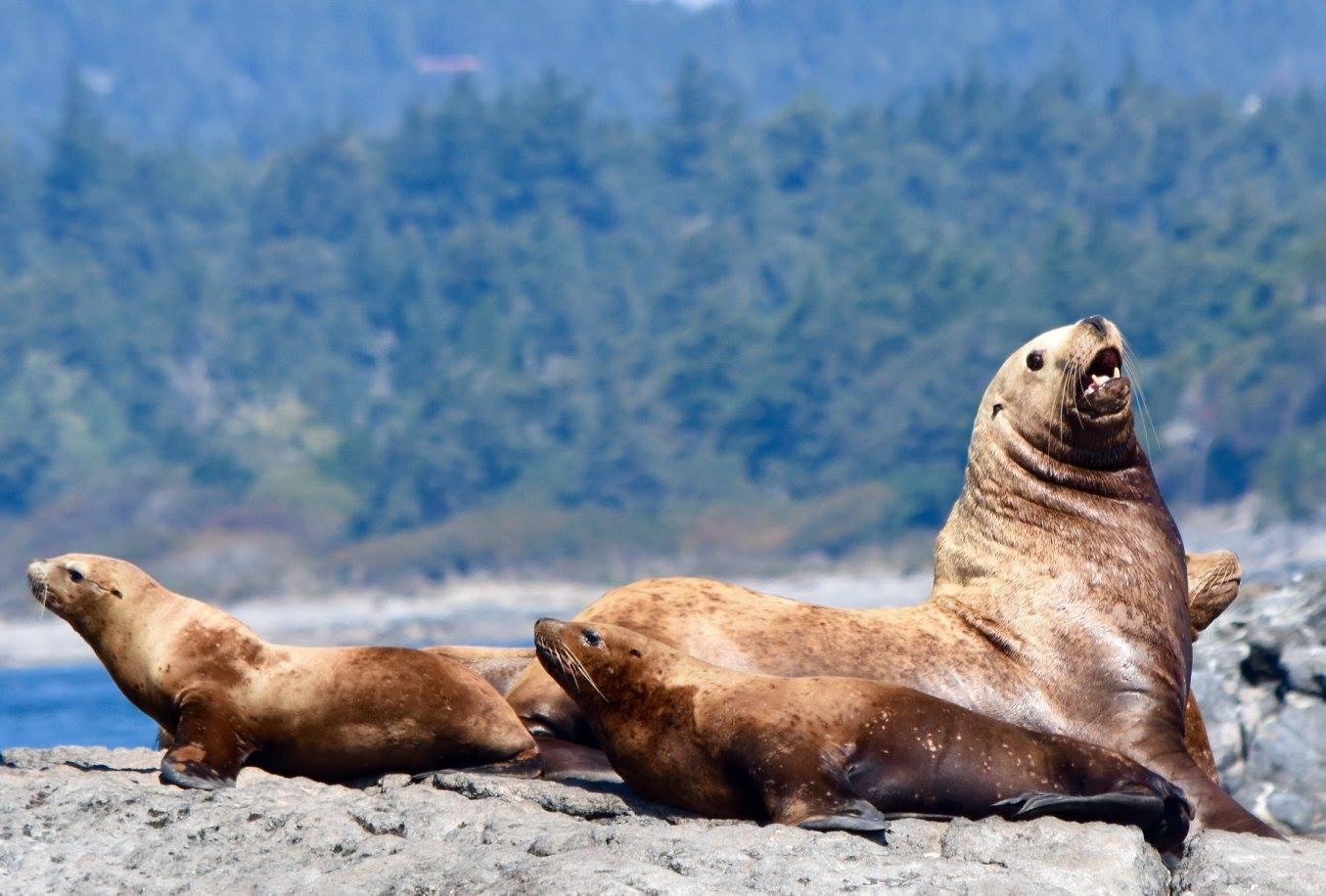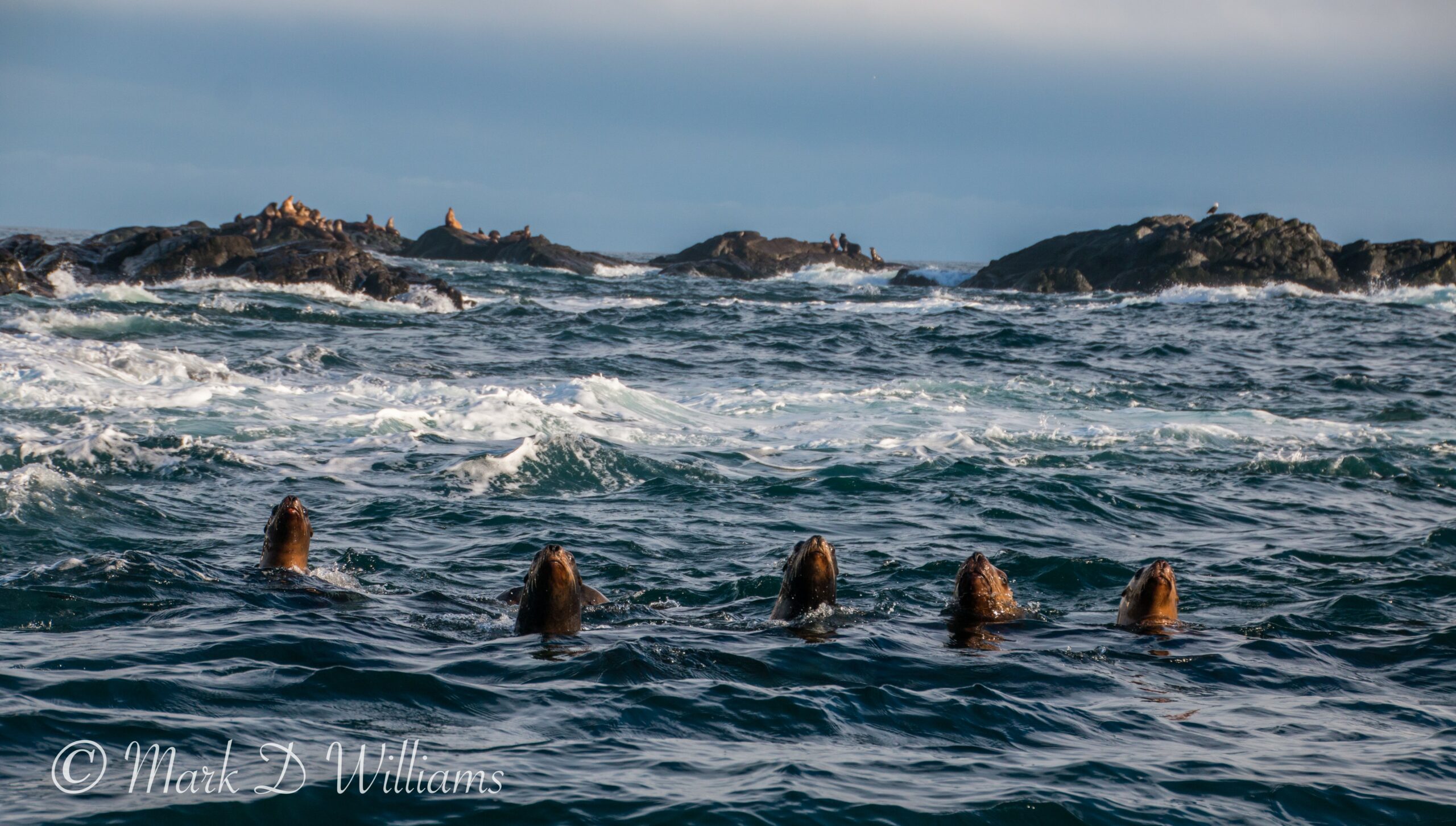“These beasts are indeed terrible to look upon when alive, and they far surpass the sea bear [fur seal] in strength and size as well as in endurance of the different parts. They are hard to overcome and fight most viciously when cornered. They also give to the eyes and mind the impression of a lion”
– Georg Wilhelm Steller
German by descent, Georg Whilhelm Steller joined an expedition in 1740, setting sail from Russia towards the east. The goal was to map Siberia, the Arctic circle, and hopefully the western shore of North America. As the resident physician and scientist, it was Georg’s job to not only treat his fellow crewmates, but also to document any animals and wildlife as of yet unknown to his European counterparts. The expedition was ultimately successful, and Georg was one of the first non-native people to set foot in Alaska nearly a year later. On the voyage back, they became shipwrecked in bad weather and were forced to spend the winter on what is now known as Bering Island. Needless to say, in the frozen months after facing a horrendous winter, Georg had a long time to think on the wildlife he saw.

The beast that he described as being “terrible to look upon” is the now known as the Steller sea lion, named for the stranded naturalist who was the first European to describe them. While “terrible” may be a bit harsh of a description, they are indeed a fearsome animal and do give the impression of a lion. Females can weigh over 300 kg, while large males can get up 1,200 kg, weighing more than car! These males have thick fur around their necks for a mane-like appearance, and their deep growls certainly sound like lion’s roar. They use these bellowing calls to compete with other males during the breeding season. Chasing off a competitor with your voice is always safer than getting into a fight. However, during the breeding season these animals congregate in areas called rookeries with as many as 6000 individuals. Clearly, space can become limited! The thick manes of the males help protect themselves from the sharp teeth of their neighbors, and a healthy layer of blubber under the skin protects the rest of their body.

Steller sea lions are members of a group of marine mammals called pinnipeds which includes all seals, sea lions, and walruses. In Latin, pinniped means “winged foot” and refers to the extended fingers and toes of these animals that makes their flippers look like wings. While all these animals may appear to be quite similar, there are differences between the groups. Seals for instance, are not very capable when maneuvering on land. They are unable to lift themselves off the ground, instead having to flop around on their bellies. Sea lions on the other hand are much more adept on land. Their hips have a wide range of motion, allowing them to tuck their hind feet underneath themselves while walking on land, and rotate backwards to use as rudders while swimming.

While they are capable of moving on land, Steller sea lions are still a little awkward. Their flipper like feet are somewhat cumbersome, and with little space they often will climb on each other to find space. Clearly, these animals are much more comfortable in the water. The thick layer of blubber they have to protect them from their neighbours also works to insulate them from the frigid waters of northern Canada. When they dive into the water they use their powerful fore flippers to propel themselves. Steller sea lions are the largest of all sea lion species, and this becomes quite evident when you look at their massive shoulder muscles they use while swimming.

While underwater they search for food, which is often any thing they can their mouths around. As opportunistic feeders, Steller sea lions will feed on anything from shoaling fish like herring, to more slippery things like squid and octopus. While hunting in dark waters they use their large eyes, in addition to their highly sensitive whiskers. They use these long, specialized hairs to sense vibrations in the murky water to pinpoint exactly where their prey is hiding.
Okay… with giant furry manes, elongated fingers, bellowing roars, and elongated moustaches, maybe Georg Wilhelm Steller was on to something in calling them “terrible to look upon.” Though I would prefer to say “terribly awesome.” We are lucky enough to have a haul out of these massive animals just south of Victoria Harbour at an ecological reserve called Race Rocks. I always relish the opportunity to make a stop there to see them lounging on the rocks in the sun. Their massive size and majestic poses always pairs well with their somewhat clownish walking, and throaty calls. We can have hundreds of individuals on the rocks at certain times of the year, which is a really awesome sight. If only we could do something about the smell…

Written by Naturalist Aaron. Join Aaron on a Cruise on our 61ft Motor Yacht, Marauder IV to see some Steller Sea Lions, and whales in the wild!
